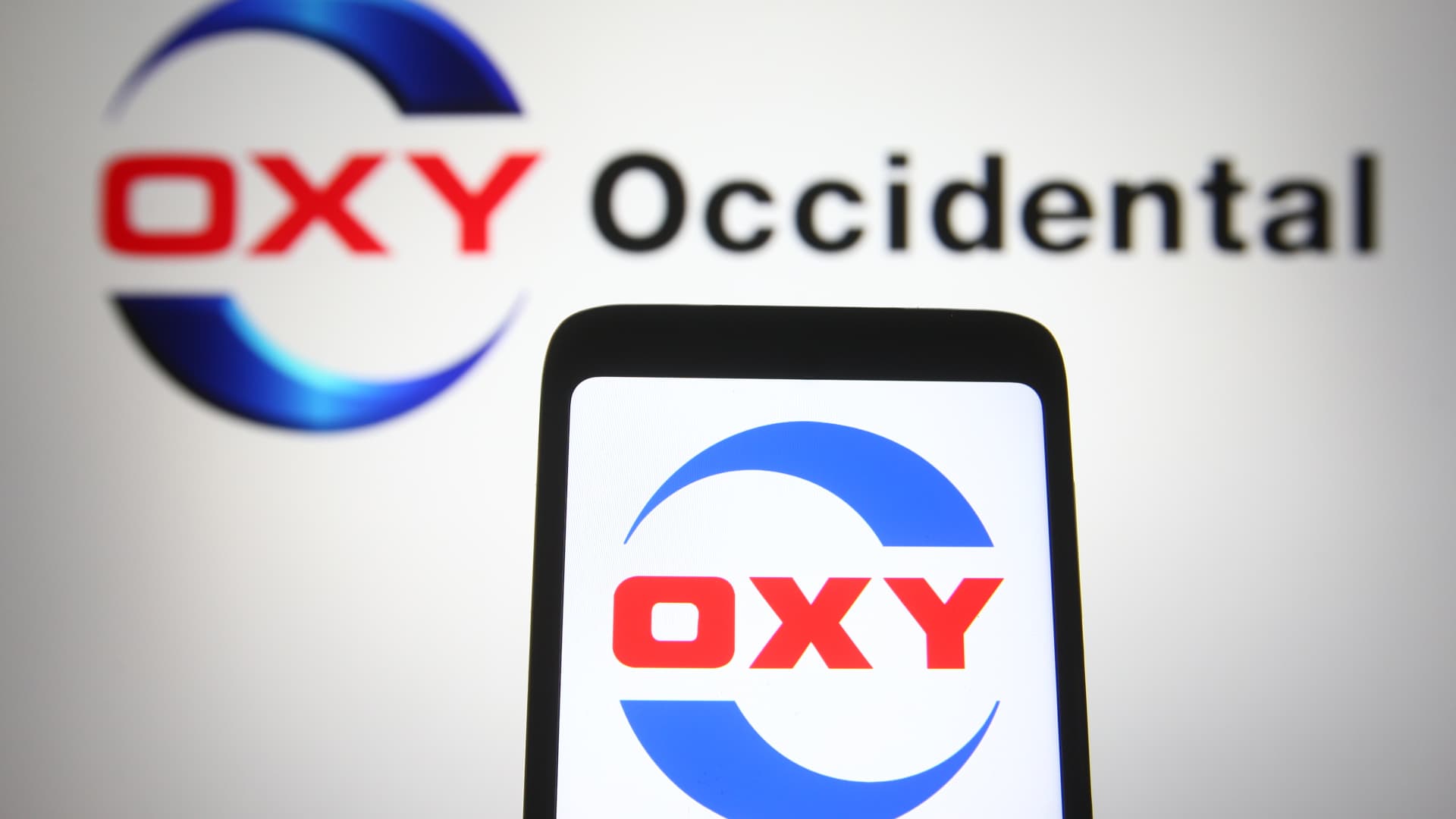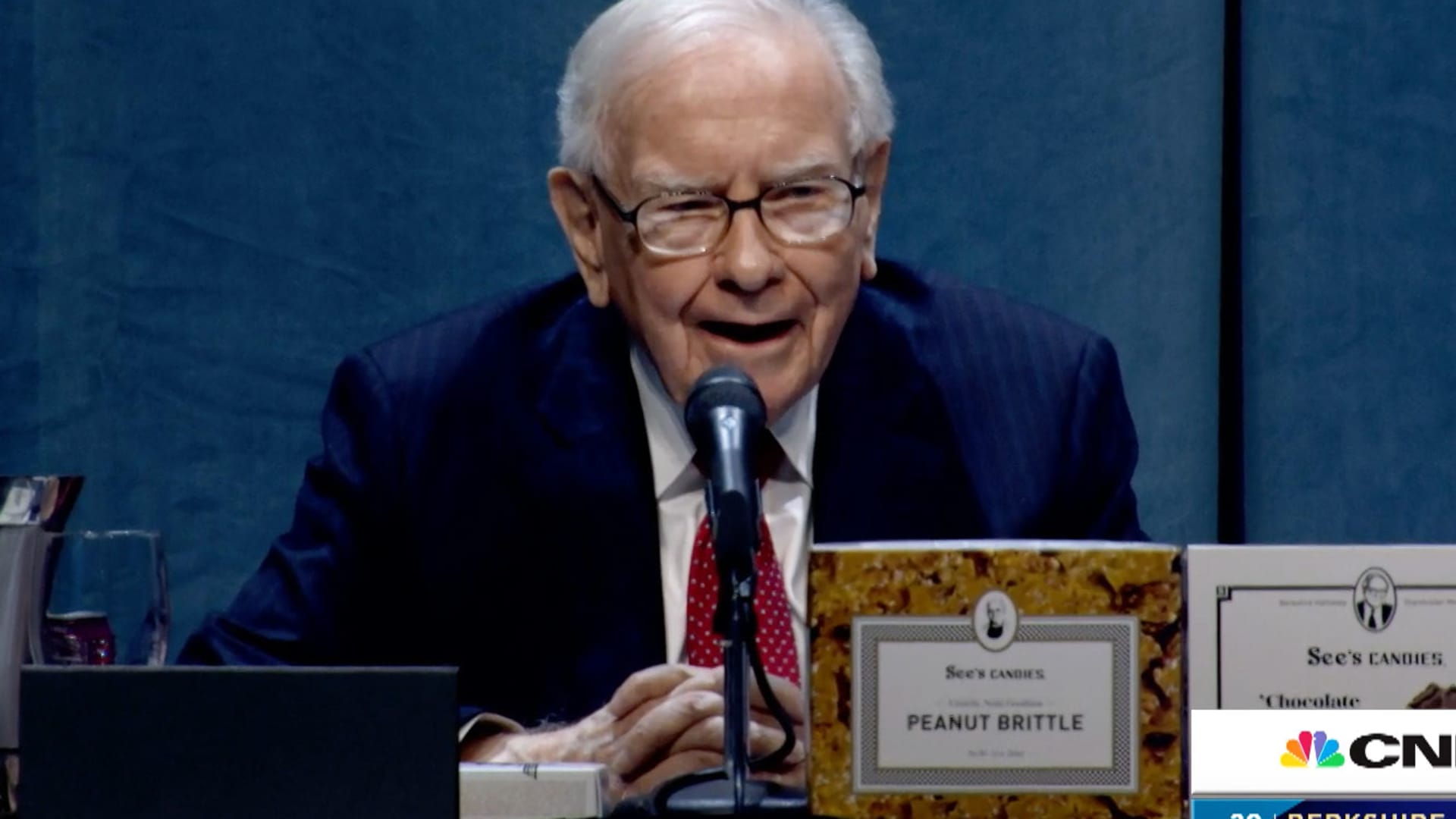Massive $8 Billion SunZia Renewable Energy Project Is On Again, For Now

The Intertubes are absolutely exploding with news that biggest renewable energy infrastructure project in the history of the US is on track to begin construction next year, that being a new 550-mile transmission line and a 3,000-megawatt wind farm aimed at shuttling clean kilowatts between New Mexico and Arizona. SunZia is the name behind both the transmission and wind farm projects. Fingers crossed for success, because this project has been more than 10 years in the making.
The SunZia Renewable Energy Project Will Happen, Eventually
The SunZia transmission line first crossed the CleanTechnica radar all the way back in 2014. That was after the project began a mandatory review process, which started in 2009. So, it’s been a long road.
“A proposed $2 billion, 500-mile proposed wind and solar power transmission line called SunZia has gotten stalled out over the White Sands missile range in New Mexico, but the Defense Department has come up with a solution: go under,” we observed in 2014. “The idea, according to a note from Defense Secretary Chuck Hagel to Interior Secretary Sally Jewell, is to bury three sections of the line that would otherwise have adverse impacts on the operation of the range.”
By 2015, SunZia and the Defense Department were on board with the solution. Since then it’s been a long slog, which has not attracted much attention from the media or, for that matter, from CleanTechnica.
That’s not surprising. Building a new intrastate transmission line for renewable energy can be a walk in the park, relatively speaking, as demonstrated by the rapid growth of the wind industry in Texas. A new transmission line in Florida could do the same for the solar industry in that state, if all goes according to plan.
Interstate transmission line construction is a whole ‘nother kettle of fish. One example is the ill-fated Grain Belt Express, an effort to bring wind power from the Midwest to points east. That project has hit a brick wall in Missouri, though its developers are still trying to negotiate a solution.
The SunZia renewable energy project seems to be in better position. The last update from the Interior Department’s Bureau of Land Management indicates that the SunZia transmission line has been moving forward. As of last month, the only pending matter was a limited series of amendments regarding right-of-way.
More Renewable Energy For The US
The new buzz over SunZia was touched off when the leading renewable energy firm Pattern Energy announced that it is adding to its US portfolio by acquiring the Sunzia Transmission project from its current owner, SouthWesternPower Group. The transaction cements the the linkage between the transmission line and Pattern Energy’s proposed SunZia Wind project in New Mexico, a wind farm that clocks in at 3,000 megawatts and possibly more.
“SunZia Transmission previously awarded the full 3,000 MW of capacity on the transmission line to Pattern Energy. Pattern Energy is developing the SunZia Wind project, a 3,000+ MW facility in New Mexico, which will utilize the SunZia transmission line to provide enough safe, affordable, and renewable electricity to power the needs of 2.5 million Americans annually,” Pattern Energy announced in a press release.
Under the terms of the transaction, SouthWestern Power Group will retain ownership of another renewable energy project under the name of El Rio Sol Transmission. If you can figure out what that is, drop us a note in the comment thread.
Meanwhile, Pattern notes that bundling the transmission and wind farm projects into one entity gives it bragging rights over all others.
“SunZia Transmission and SunZia Wind together comprise the largest renewable energy infrastructure project in U.S. history with a total investment of over $8 billion. Both projects are privately funded and will deliver widespread economic benefits across New Mexico and Arizona.”
That is, if all goes according to plan. Pattern notes that final project approvals, including a Record of Decision from the Bureau of Land Management, are not due until some time next year. Assuming they come through, Pattern’s timeline calls for construction on both arms of the renewable energy project to be in full swing next year, with the transmission side completed in 2025 and the wind farm coming along in 2026.
Wind Transmission Dam About To Break
It’s always good news when the US can look forward to 3,000 new megawatts of renewable energy practically all in one fell swoop. The need for good news about renewable energy is especially welcome this week, considering that US Senator and fossil energy stakeholder Joe Manchin (D-West Virginia) has single-handedly thrown another gigantic monkey wrench into President Joe Biden’s climate action agenda.
To be fair, Manchin is not the only one to blame for Congressional inaction on the climate crisis. After all, Republican Senators could easily offset Manchin’s influence. The guy only has one vote. It would only take one Republican vote to trip him up, if anyone on the Republican side of the aisle felt so inclined.
Reality being what it is, though, exactly zero percent of Republicans in the Senate are willing to break with party orthodoxy on energy policy. They simply passed the climate buck to Joe Manchin and he dropped it.
That’s the end of that, but that’s not the end of demand for more renewable energy in the US. In another interesting move on that score, Pattern Energy is still pressing forward with its Southern Spirit Transmission line, aimed at connecting wind farms in Texas with other renewable energy resources in Louisiana and Mississippi.
That’s especially significant because wind resources in Louisiana, Mississippi, and elsewhere in the US southeast are less than optimal. Taller turbine towers and other improvements can improve the financials, but for now it makes more bottom-line sense to import renewable energy from wind-rich states like Texas.
Importing wind power from Texas would be a big switch for the renewable energy profile of the southeast. Louisiana and Mississippi barely register on wind or solar production, though Louisiana is beginning to explore offshore wind potential in the Gulf of Mexico.
Mississippi is an interesting case. If the state expects to partake in the green hydrogen revolution, it will need to get its hands on more renewables.
As described by the firm Hy Stor, Mississippi already has two essential green hydrogen ingredients, in the form of natural caverns for underground storage and existing transportation infrastructure for industrial customers. Renewable energy is another essential angle, and it’s difficult to see how Mississippi gets there without importing renewables from other states.
For those of you keeping score at home, the Southern Spirit transmission line will run across Louisiana to Mississippi for 400 miles, and connect with Texas through another transmission project, the Rusk to Panola line, in partnership with the Texas utility Garland Power & Light.
Pattern expects to begin construction on Southern Spirit in 2024, so stay tuned for more on that.
Follow me on Twitter @TinaMCasey.
Photo: An $8 billion renewable energy project pairs a new transmission line and wind farm in Arizona and New Mexico (photo of Western Spirit transmission line courtesy of Pattern Energy via prnewswire.com).
Appreciate CleanTechnica’s originality and cleantech news coverage? Consider becoming a CleanTechnica Member, Supporter, Technician, or Ambassador — or a patron on Patreon.
[embedded content]
Advertisement
 This post has been syndicated from a third-party source. View the original article here.
This post has been syndicated from a third-party source. View the original article here.




